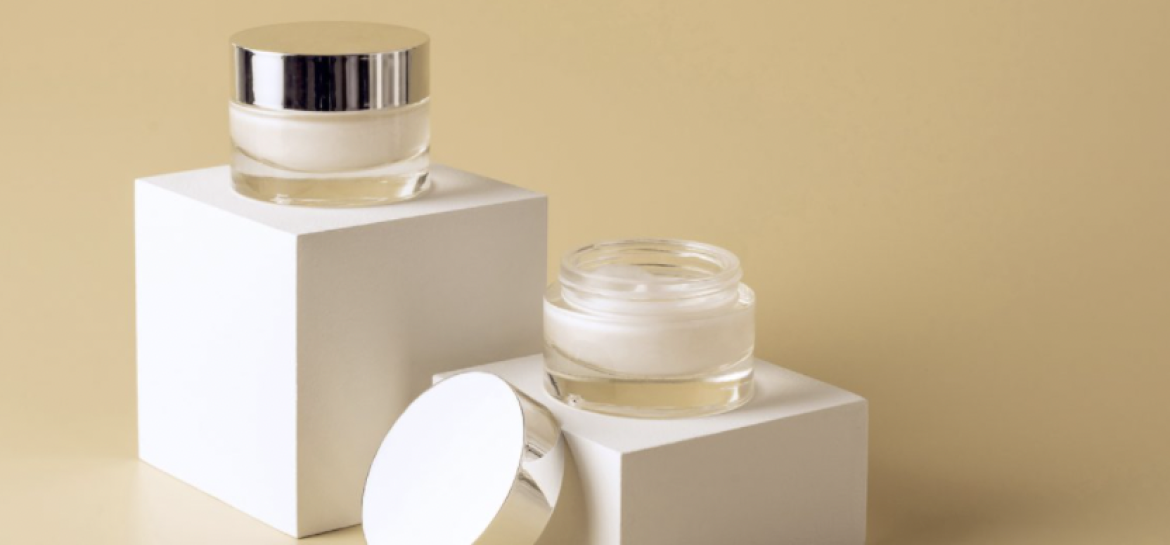
Glass on top of trends
Glass cosmetic packaging is becoming more and more popular on the market. As follows from FEVE’s recent survey conducted on 2030 respondents from 5 countries, as much as 77% call glass packaging the best option for perfume, cosmetics, and pharmaceuticals. No wonder then, that more and more brands pick glass among other packaging materials – not only for serum or oils, but other body, face or hair care products. Packaging manufacturers are following up experimenting with new shapes, colors and decoration methods. Here are some tips on how to leverage the best of what’s coming new to glass packaging market.
ECO challenges? Glass is the answer!
Growing environmental awareness is now one of key factors forming global markets. The clue to popularity of glass among brands looking to get “greener” lies its capability for multiple use, full recyclability, and almost infinite raw material resources. According to a research by BV GLAS (German glass association), 89 up to 97% of glass bottles can be fully recycled. In addition, 7 out of 10 survey responders know, that empty glass containers can go to recycle, and 69% of them consider glass as the most “ocean-friendly” and easily recyclable materials. And, since consumers think so, glass packaging is going to gain only more popularity in various segments, like it’s already doing in the nutraceutical area, where we can see a number of pharmaceutical brands switching to glass containers for their dietary supplements.
Bigger volumes are taking it over
150, 200, 250, 300 and even 500 ml are now the thing when it comes to volumes of glass containers. Although glass is heavy, which means higher transportation costs, this no more seems to stop cosmetic brands from using more and more of it. Both brands and customers appreciate the aesthetic and eco qualities of glass, that prevail over its downsides. Researches show, that 83% of people believe, that glass is doing best at keeping the product safe and fresh, 69% consider it the safest material, and 86% assume, that glass itself is a mark of the content’s top quality.
Color adding value
White glass.
White glass traditionally comes relatable to premium products. Unique and stylish look means higher than average standard pricing, though this moment fails to restrain people’s desire for it.
Amber glass.
Brown, or amber, glass typical for pharmacy-sold cosmetics has been on top of popularity among all possible glass colors. Brown glass is traditionally relatable to pharmaceutical products and thus naturally brings up subconscious credit to the product. In addition, built-in ability to absorb UV radiance assures optimal light protection and keeps light-sensitive formulas safe. That is, among other reasons, why amber glass is a legit king of containers for organic cosmetics.
Green glass.
Technically, green color carries mostly decorative function, but on the wave of ECO trends comes is handy. Green color itself, even though it isn’t any eco-friendlier than others, corresponds pretty well with the concept of nature and ecology, which is now obviously a powerful BTL communication tool to create additional marketing value.
Matt finishing.
No matter the color, matt lacquering adds an unparalleled effect to the look emphasizing the uniqueness of the product inside it.
„Narrowed shoulder” shape
A subtle design stroke which turns traditional glass-packed products something new is the narrowed-shoulder shape bottles, that appeared no so long ago, and instantly became a key feature for most innovative and creative brands looking for standing out design solutions.



